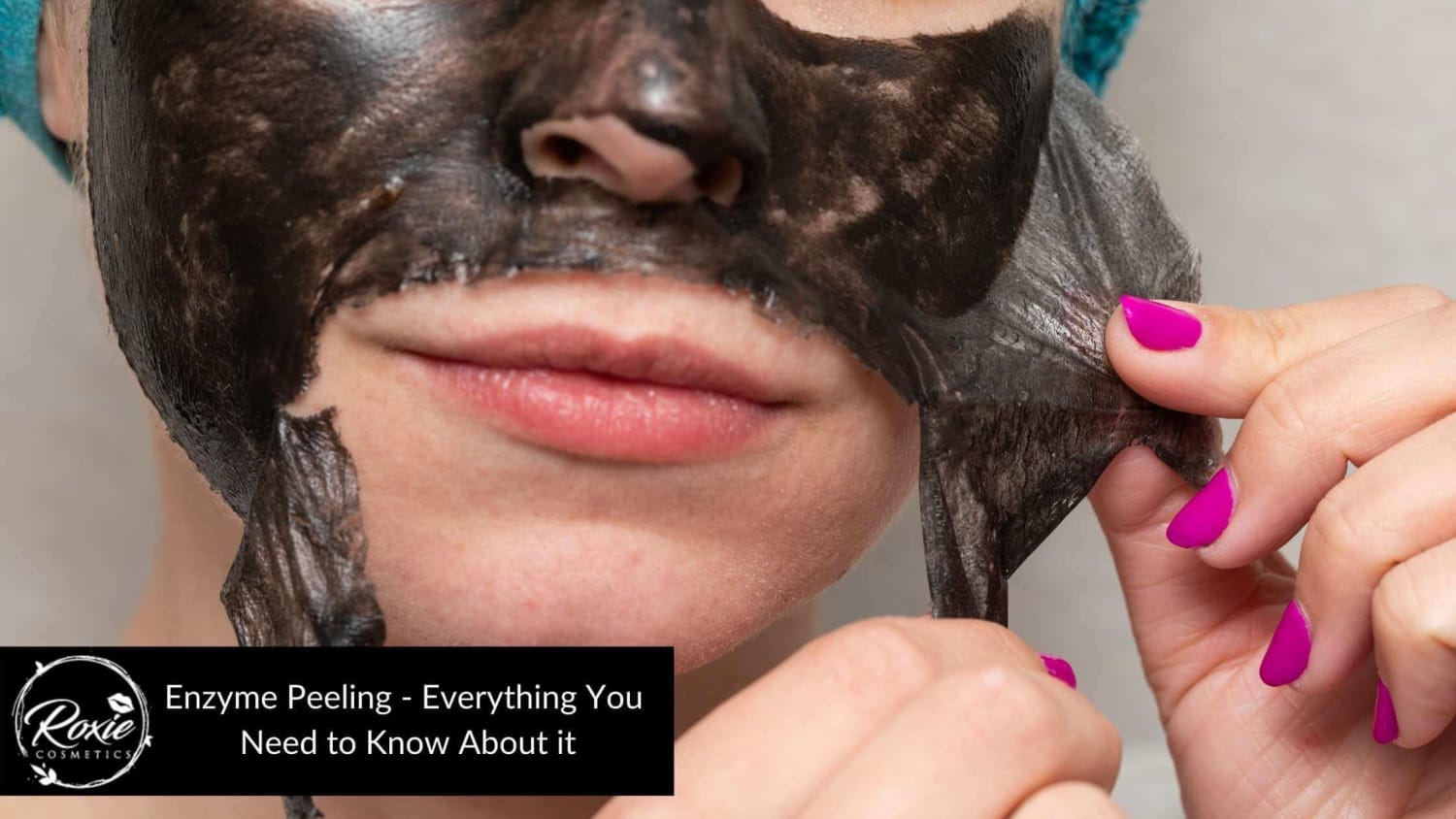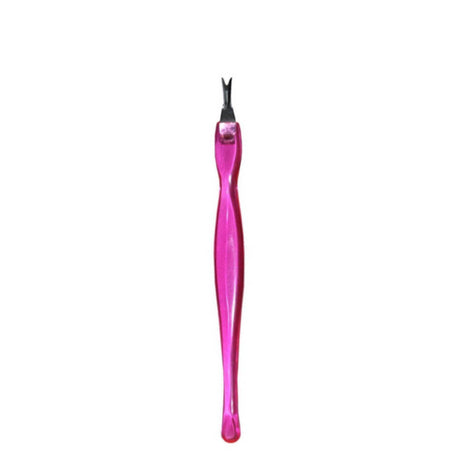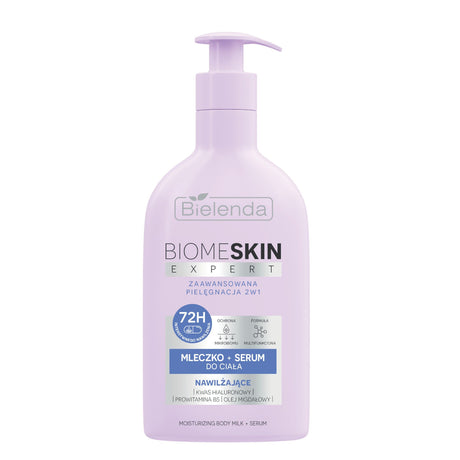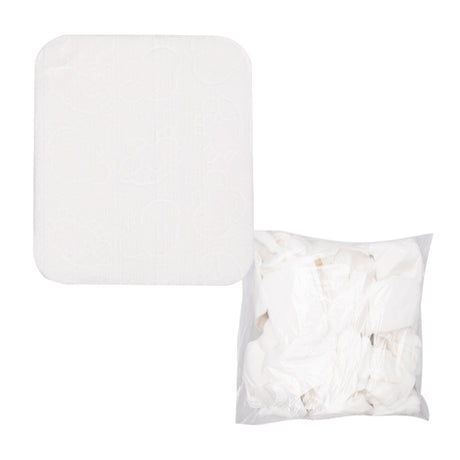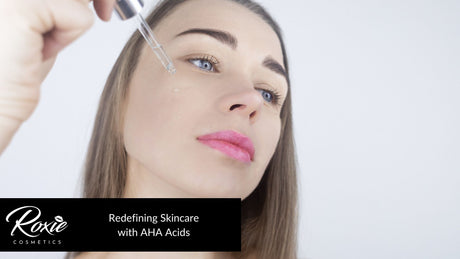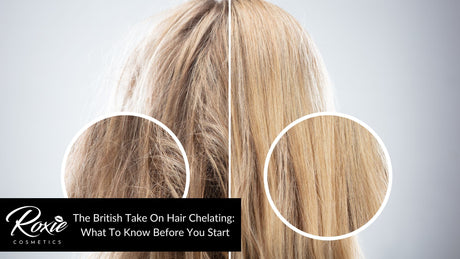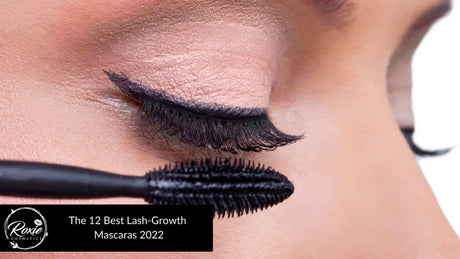What is an enzyme peeling?
Enzymes are substances of natural origin (mainly vegetable), which are used for gentle exfoliation of the epidermis. In the case of enzymatic peeling, we are talking about a "point" action, focusing mainly on dead cells. Enzymes act only on the most external parts of the skin, so they do not irritate the skin. In peelings we can find the following enzymes:
- Papain – it is obtained from papaya fruit and has an exfoliating and brightening effect.
- Ficin – is obtained from the pulp of figs, it works much harder than papain.
- Bromelain – acts exfoliating and smoothing, it is obtained from pineapple as well.
- Actinidin – extracted from kiwi and is extremely exfoliating.
- Keratolin – an enzyme of biotechnological origin, has an exfoliating and brightening effect.
These substances are exfoliating and work very well in removing dead skin, however soft for our skin at the same time. That is why you should start using them even today.Katarzyna Kebernikr
Enzyme peeling – who may use it?

The best solution for women and men with sensitive or problematic skin (e.g. acne) are enzyme peels, which effectively exfoliate the epidermis, but are very gentle to the skin. That is why they can be used both by young and adults. Enzyme peels are a universal choice for any type of skin, but it is accepted that they are best suited for sensitive and those with acne (e.g. with active oil changes) and problematic skin. People with vascular skin should also be interested in them. If other kinds of peelings make your skin irritated it is the best time to stop using them. However you don’t have to resign using peelings at all. Here you should start using enzyme peelings.
How to use enzyme peelings?
Before applying enzyme peeling, you should take care of your skin thoroughly. Remove makeup and clean your face with a gentle gel. Then it’s time for an enzyme peeling. It should be applied evenly on the face like a mask and leave on the skin for about 10-15 minutes. There is no need to rub the product on the face. After the time specified by the manufacturer, the scrub should be washed off with water or a moistened cosmetic swab. After the procedure, the face should be wiped with a tonic, and then apply your favorite serum and cream. The whole procedure doesn’t take long and you should see a huge difference in a few minutes. Your skin will become smoother and there will be a little bit of red points on it. However don’t stress out. They will disappear after several minutes. The next day your skin will be tense as never before.
How often to use enzyme peeling? The recommended frequency is 1-2 times a week. You should do it regularly to prevent your skin from aging. However, do not use it more often as it may irritate your skin too much.
Enzyme peelings at home

Enzymes and fruit acids found in peels have been in common use for hundreds of years. Previously, lemon slices were used to exfoliate the epidermis and brighten the complexion, or fruit pulp containing enzymes that dissolve dead skin was applied to the face. Natural enzyme powder can easily be prepared independently at home. This is not a complicated process and should not take much time. Almost all the necessary ingredients will be available at your local grocery store. Natural home peels can be prepared with pineapple, papaya, kiwi, apple, apple cider vinegar, honey, soda, fresh lemon juice, oatmeal, corn flour, yogurt or vegetable oils.
Home enzyme peeling - ranking:
Apple peeling – that is made from a combination of apple and apple cider vinegar, successfully embodied in the role of enzyme peeling premium. Thanks to the high content of hydroquats, it acts bactericidal, evens the color, reduces the visibility of acne scars, and also restores the skin proper pH.
Peeling with kiwi – it is especially recommended for people with oily and mixed skin. In addition to vitamin C, B and e, kiwi is a rich source of zinc, potassium, phosphorus, magnesium, calcium and iron. The enzymes responsible for the exfoliating action are papain and actinidinq. Peeling cleans and brightens the skin, and thanks to the astringent effect effectively closes the pores.
Pineapple peeling – in addition to bromelain, the enzyme responsible for the exfoliating effect, pineapple contains a lot of nutrients such as vitamins A, C, B and minerals m.in. zinc, potassium, sodium, magnesium. Pineapple enzyme peeling intensively nourishes the skin, brightens and reduces discoloration, and also strengthens blood vessels.
When you shouldn’t apply enzyme peeling?

Enzyme peelings, if used wisely, can take part in your skin care routine. No matter what type of skin you have, you can apply enzyme peeling to take care of your skin and prevent aging. If you have never tried it, don’t worry. They are not harmful and you don’t need any special skills to apply them at home. You can buy enzyme peeling in online shops as well as prepare your own version at home.

